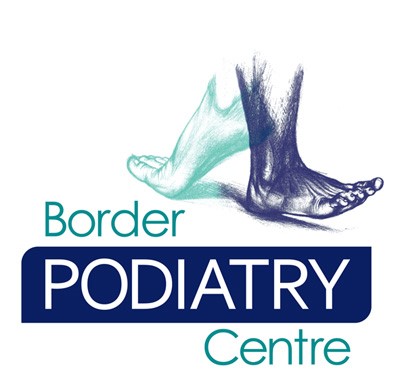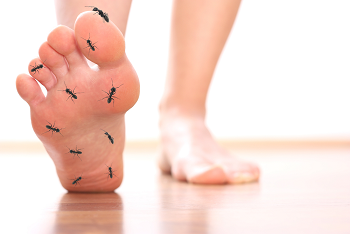The weather has finally warmed up! It may be time to bring out the thongs and sandals – but before you do let’s talk about some features to look for!
Thongs and sandals are always a popular choice as the weather warms up to keep our feet cool. Just like our enclosed shoes, it is important to pick styles that will still provide your feet with the support you need.
Introducing the Vionic Islander thongs – these thongs feature a biomechanically designed footbed that hugs your arches and supports your feet in all-day comfort
Read more
